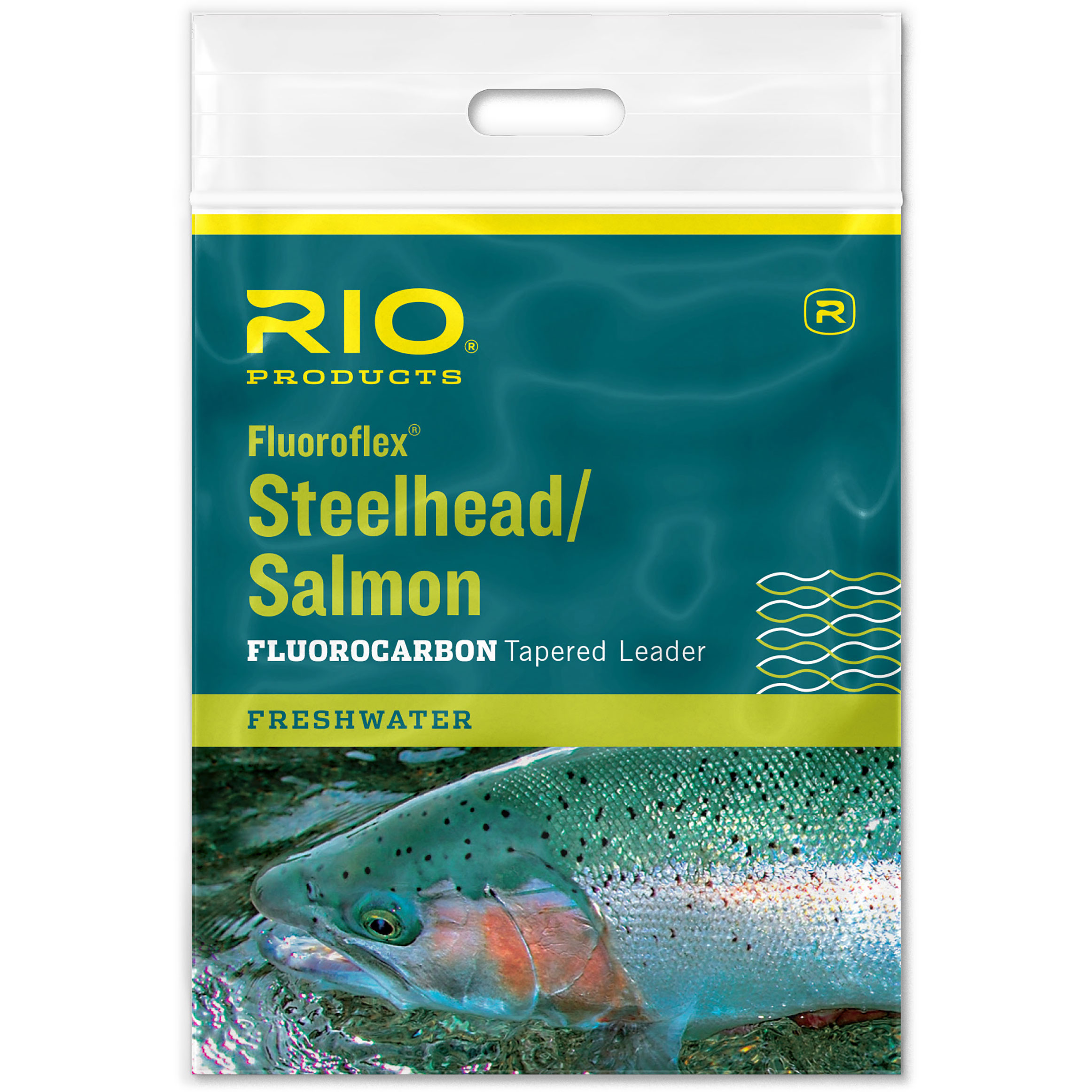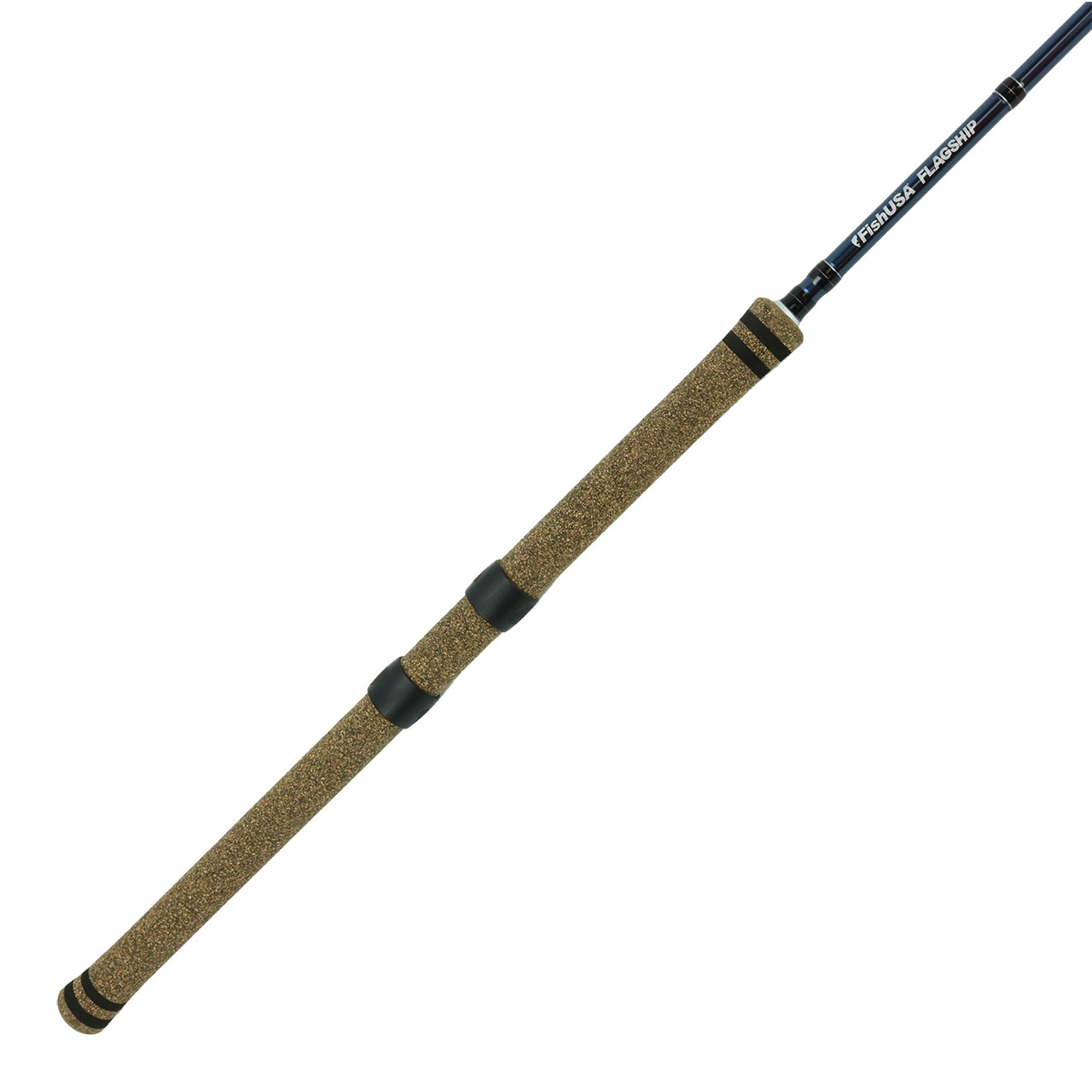Steelhead Alley - Everything You Need To Know About This World Class Fishery
Table of Contents
Where Is Steelhead Alley?
What Makes Steelhead Alley Fishing So Incredible?
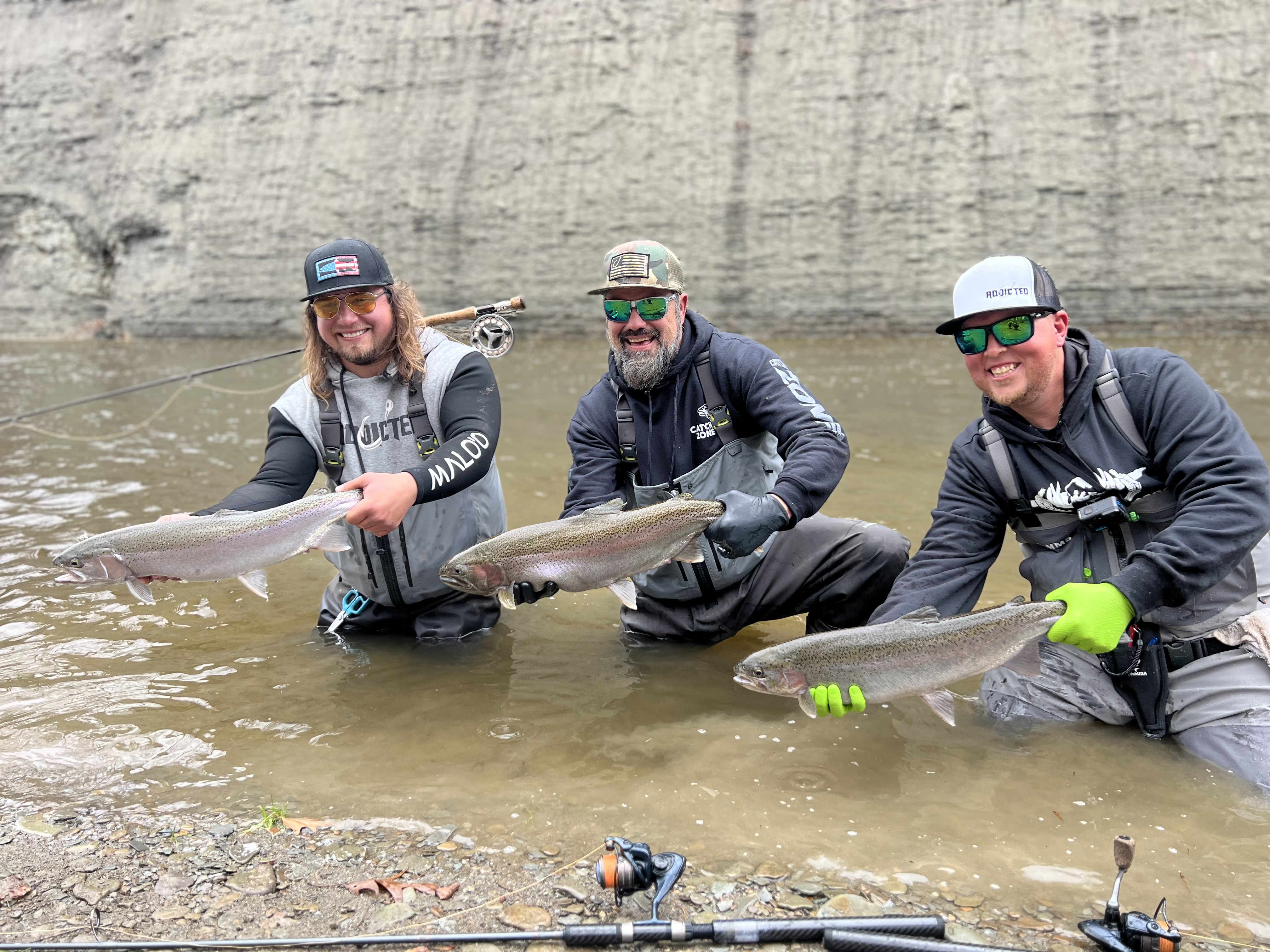
Incredible Numbers Of Steelhead
Always A Tributary To Fish
A Variety Of Steelhead

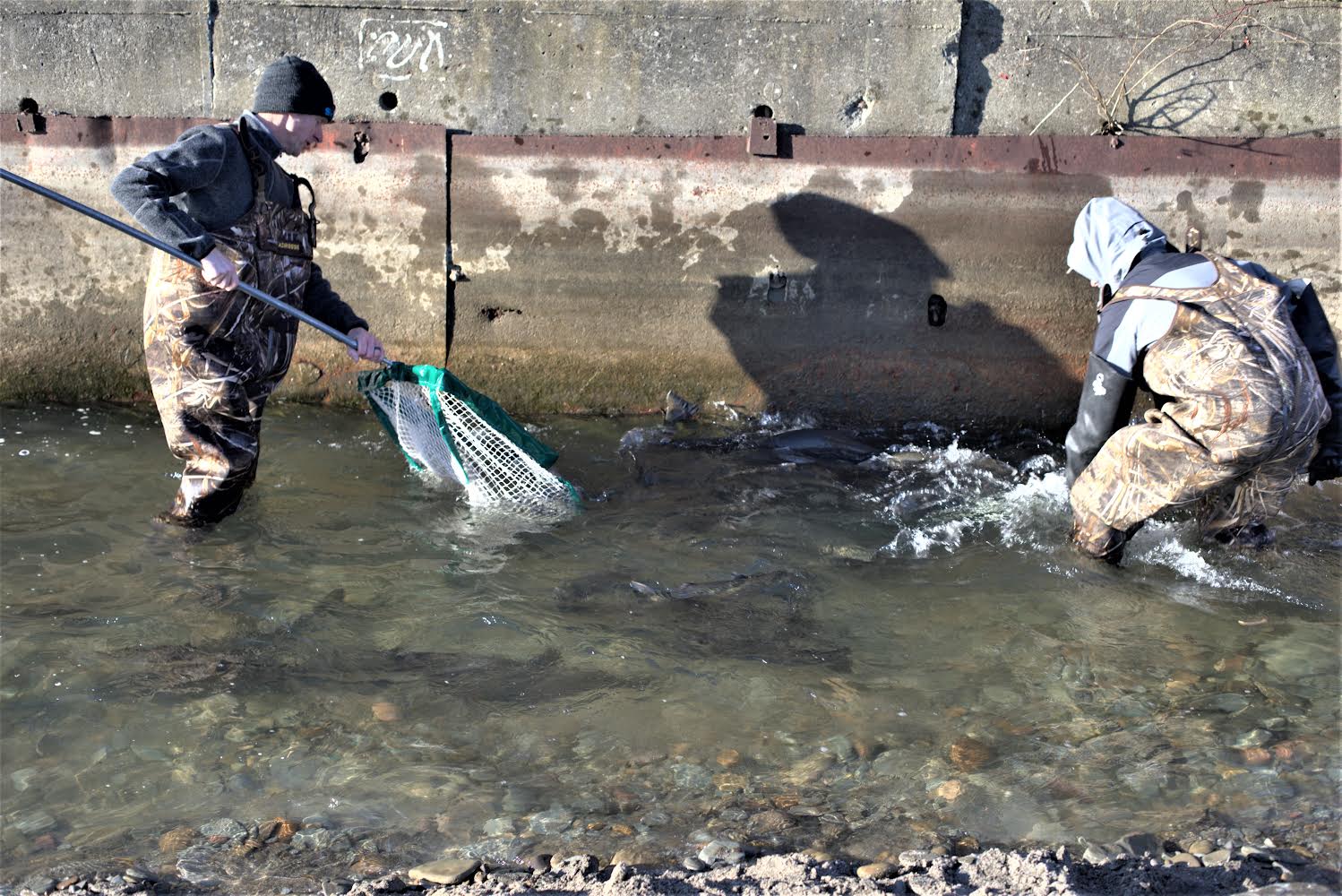

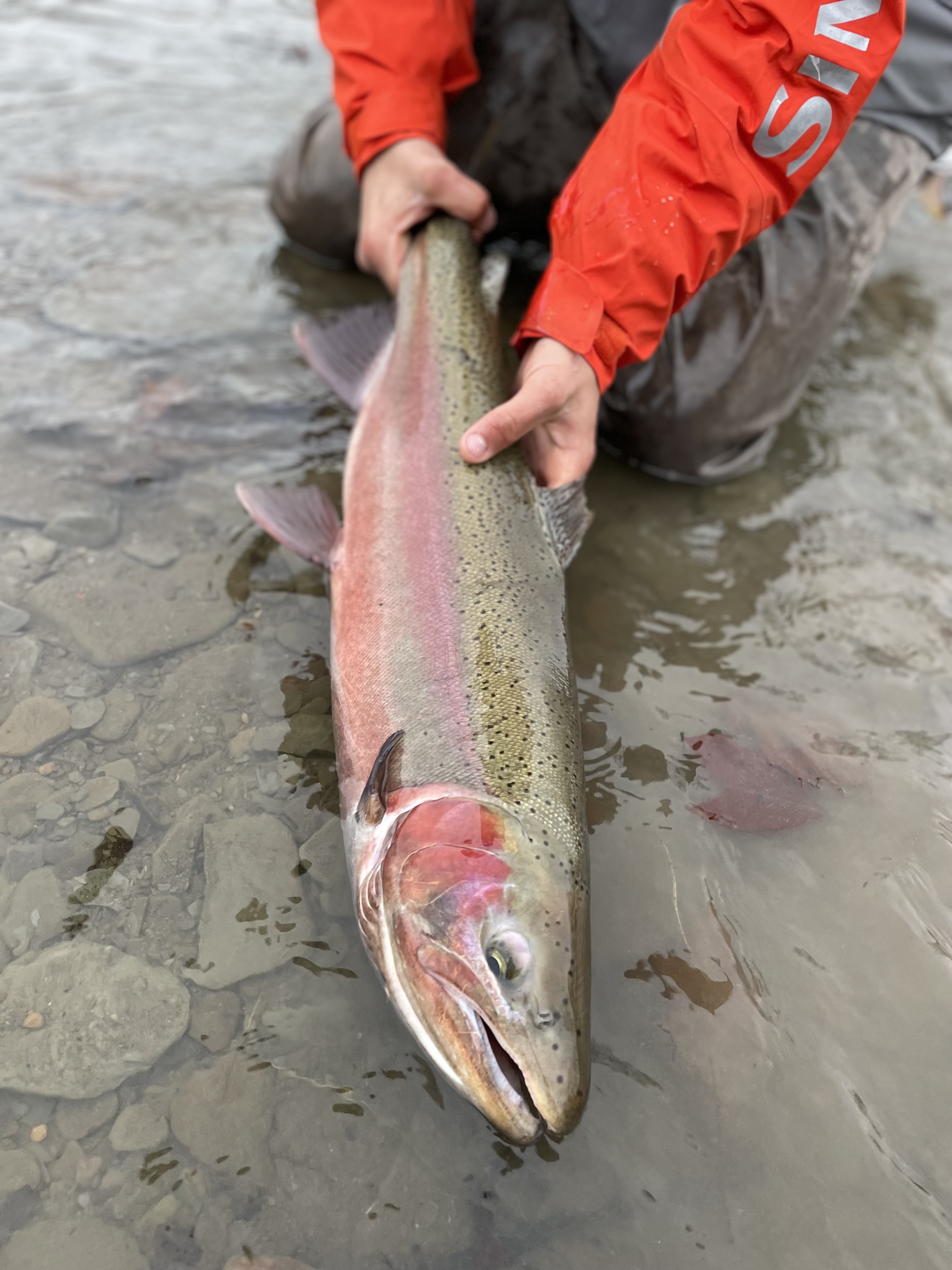
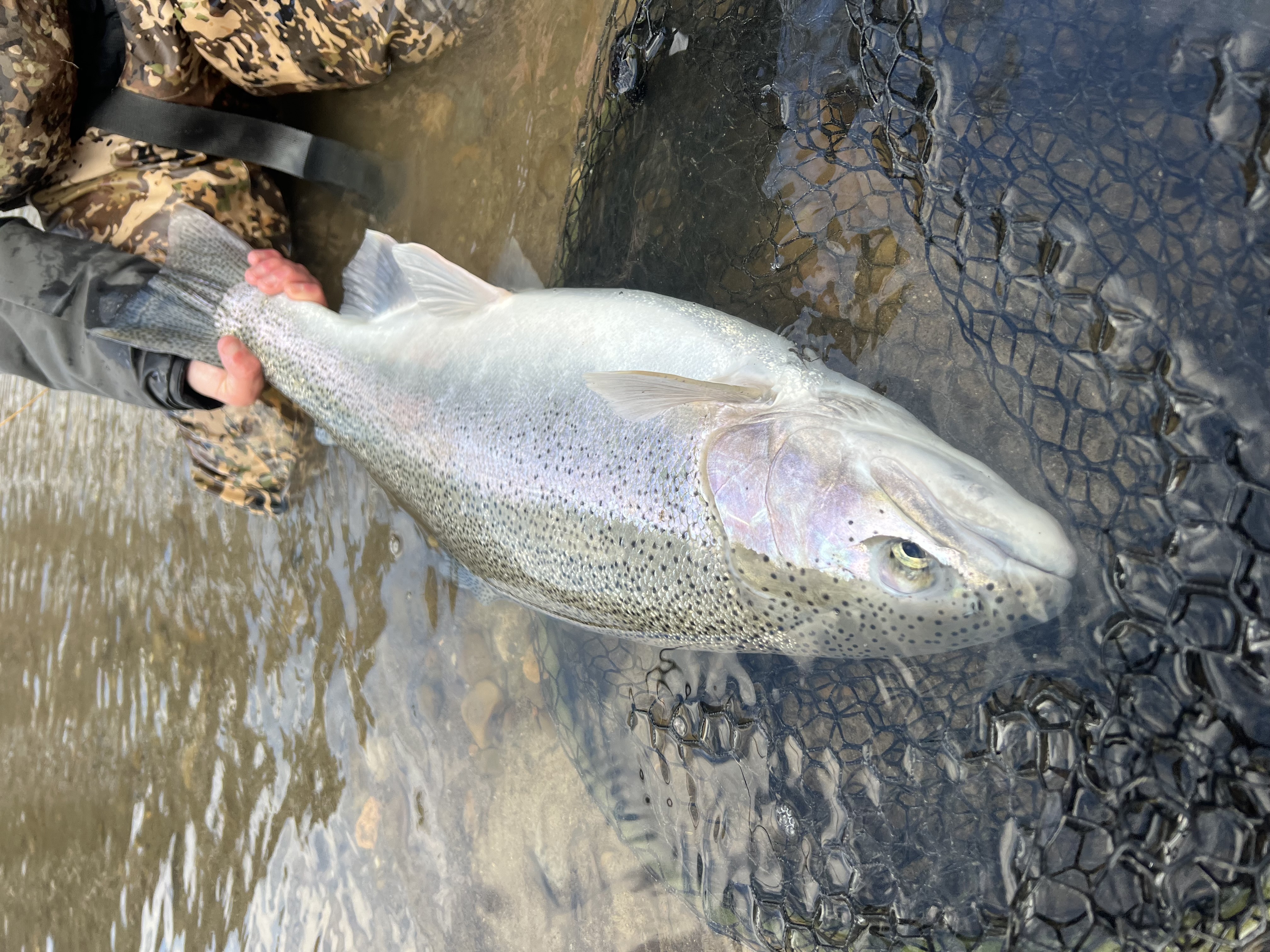
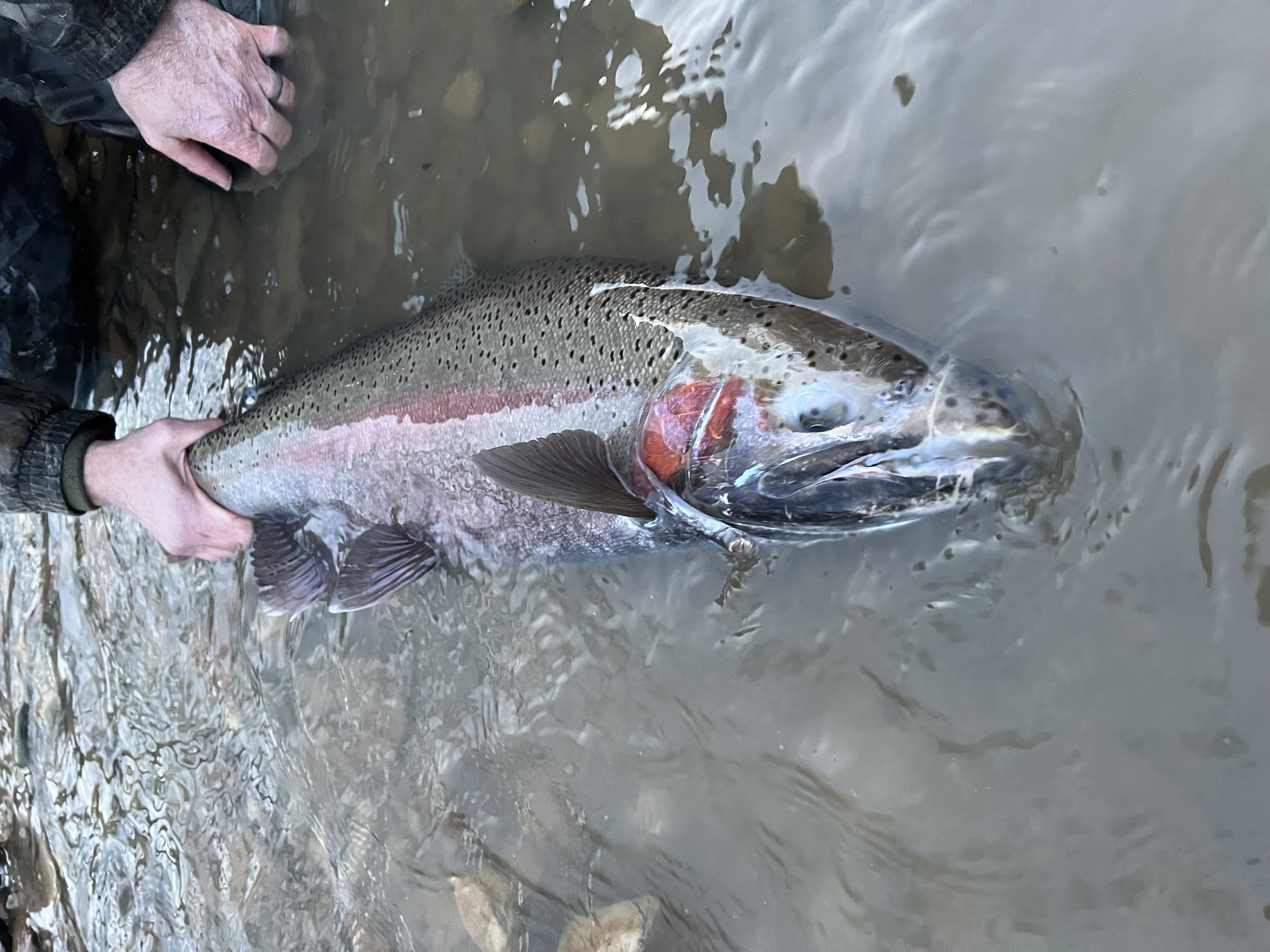
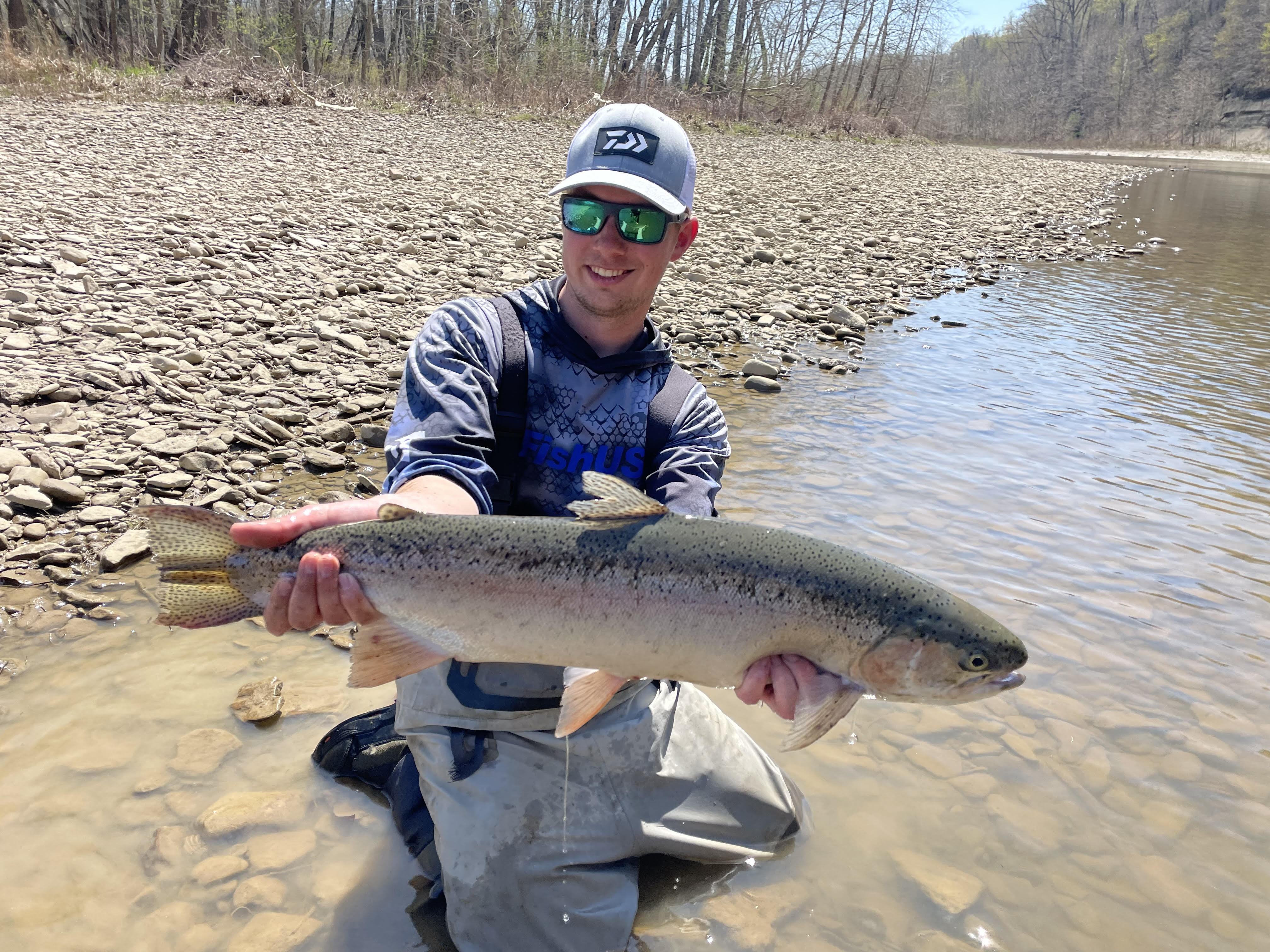
Fly Fishing, Spin Fishing, Or Centerpin Fishing - Pick Your Poison
Fly Fishing Steelhead Alley
Tackle For Fly Fishing Steelhead Alley
Steelhead Fly Rods, Reels, And Line
Best Fly Rods and Reels For Steelhead
Best Fly Line For Steelhead

Indicator Nymph Rig For Steelhead Fishing
Line, Tippet, and Terminal Tackle For Fly Fishing For Steelhead
Spin Fishing For Lake Erie Steelhead
Throwing Hardware For Steelhead - Simple And Effective
Rod And Reel Setup For Hardware Fishing
Line For Hardware Fishing
Float Fishing For Steelhead With A Spinning Rod
Rod And Reel Setup For Float Fishing For Steelhead
Centerpin Fishing For Steelhead
Centerpin Reels For Steelhead Fishing
Centerpin Rods For Steelhead Fishing
Tackle For Float Fishing For Steelhead
Best Line For Steelhead Float Fishing
Fluorocarbon Leaders For Steelhead Fishing
Choosing The Correct Float For Steelhead Fishing
Baits For Float Fishing For Steelhead
Beads For Steelhead Fishing

This steelhead fell victim to an 8mm
TroutBead
in "Glo Roe", a very popular choice on Steelhead Alley. Note the snell knot!
Egg Sacs For Steelhead Fishing
Jigs For Steelhead Fishing
Steelhead Alley FAQs
Where Can I Find An Accurate Steelhead Alley Fishing Report?
Where Can I Find A Steelhead Alley Map?
What Other Equipment Do I Need To Fish Steelhead Alley?
Waders For Steelhead Fishing
Apparel For Steelhead Fishing
Polarized Sunglasses For Steelhead Fishing
Wading Packs For Steelhead Fishing
Steelhead Fishing Tools
Conclusion
Shop Salmon & Steelhead Fishing Gear & Tackle








